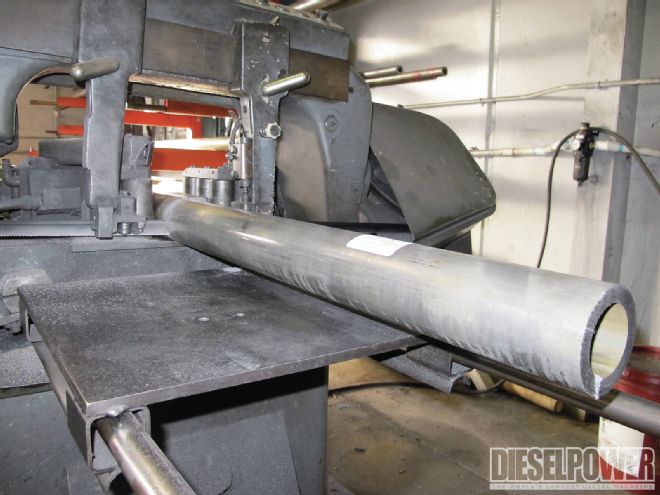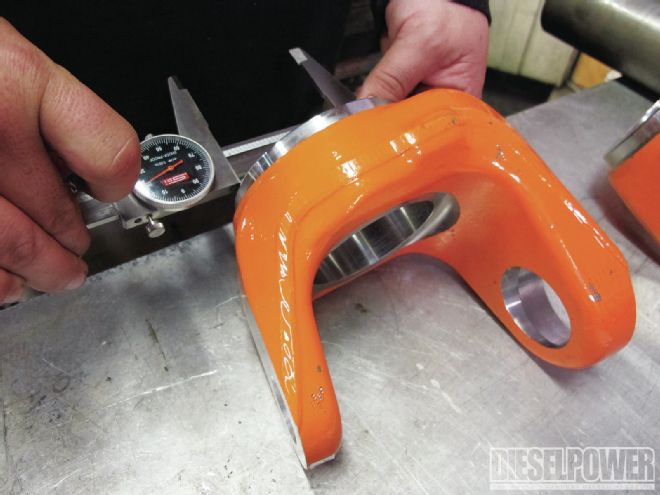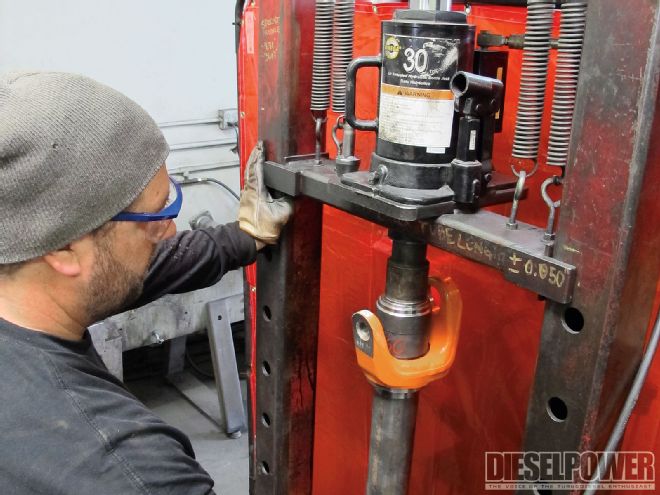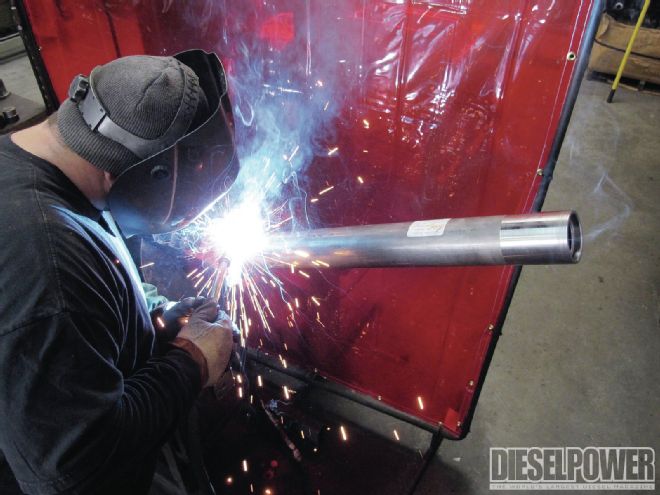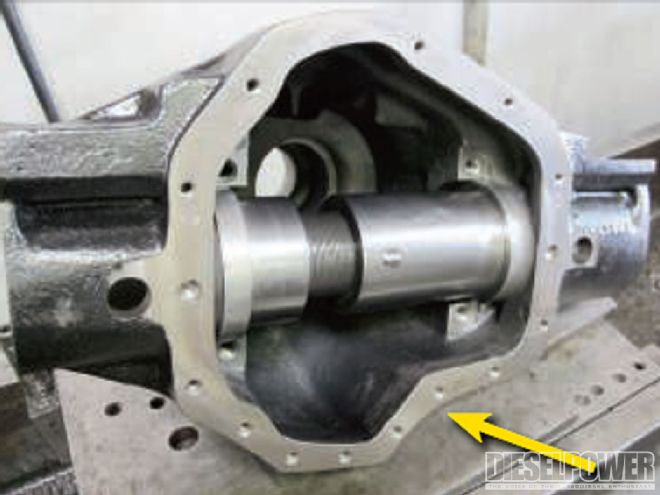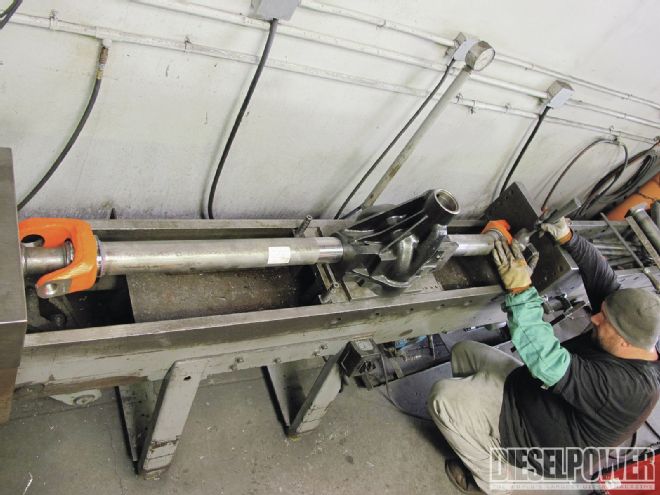Building A Dana 60 Front Axle That’ll Never Fail
Four-wheel drive and diesel engines are two of the most common options ordered in ¾- and 1-ton trucks—but that wasn’t always the case. For decades, American-made pickups relied on two-wheel drive to get the job done. World War II changed all of that. The Allied Forces in Europe proved four-wheel drive could take you anywhere you needed to go. It didn’t matter if the roads were clear, blown to bits, or non-existent in the first place. When our soldiers came home to start new lives on the farm—in northern factories and throughout the western frontier—four-wheel drive helped them get there.

| doomsday Diesel Part 5 david Kennedy Installing Front Axle
The beauty of the modern four-wheel-drive system is it only requires three parts not found in two-wheel-drive trucks: a front drive axle, a transfer case mounted behind the transmission, and a driveshaft to connect those two together. Of these three pieces, the front drive axle does the most difficult job. It supports the weight of the vehicle, permits steering, and transfers torque to the front wheels whenever the road conditions are too extreme for rear-wheel drive only.
In the history of diesel pickups, one front axle has been used in more diesel 4x4s than any other—it’s called the Dana 60. This axle has such a legacy, many people simply refer to it as a “60.” Dana Spicer has built this axle in dozens of forms, and it debuted in the front of four-wheel-drive 1-tons in the ’70s. Dodge, Ford, and GM all used it in their pickups, and Ford continues to use it till this very day.
The ’91 GMC Suburban 2500 that’s the basis for Doomsday Diesel was never offered with a Dana 60 front axle. General Motors used the smaller Dana 44 and GM 10-bolt front axles in its fullsize SUVs. The Dana 60 was only used by GM in its 1-ton 4x4s from ’77 to ’91—a generation of vehicles many truck enthusiasts note as the last “real truck” GM ever made.
Experienced readers will be aware that GM’s version of the Dana 60 front axle will bolt into ’73 to ’91 solid-axle-equipped ½- and ¾-ton Chevy and GMC trucks. We’ve chosen not to go that route with our project for three critical reasons: wheel choice, differential location, and component strength. Though Dana no longer makes the GM version of the Dana 60 axle, all the pieces required to build an all-new assembly are still being manufactured. And after more than 35 years of service in 1-ton trucks, the aftermarket has developed upgrades that fortify these legendary frontends.
So when we were shopping around for a front axle that would survive Armageddon, we considered using a 21- to 35-year-old junkyard Dana 60, converting a rear AAM 1150 axle into a frontend (for parts compatibility), or even adapting a Super Duty-style Dana 60 into our GMC. In the end, the cost, strength, and unmatched precision of Dynatrac Products in Huntington Beach, California, convinced us that having it build us a brand-new Dana 60 was our best option. That way, we could leverage the track record of the Dana 60, incorporate the latest torque-proof components the off-road world has developed, and move the differential to the driver side for more exhaust clearance.
